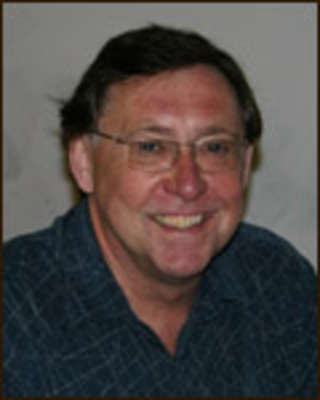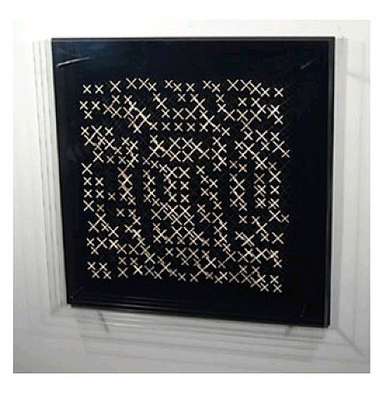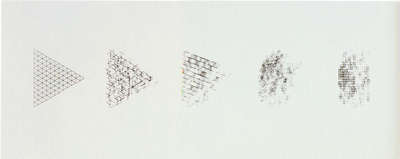| 1973 |
Working at Newcastle upon Tyne, Polytechnic. 2 year research fellowship. Exposed to programming with FORTRAN. Start of technologically mediated art.
Started to integrate technology into the creative curriculum. |
| 1974 |
Artist Fellowship at the Hatfield Polytechnic (University of Hertfordshire), Computer Science Department, England.
Worked on the DEC GT40 vector diplay machine hooked with a PDP 10 computer and a Milling machine to Design in 3D.
Got Three year extension and produced Space Drawings – Exhibition. met John Lansdowne. |
| 1975 |
Featured in the movie ‘Idea, Experiment,Result’ sponsored by IBM Germany. |
| 1978 |
Shifted to London. |
| Early 1980’s |
Set up the Computer Graphics program in the art and design department of the West Coast University, Los angeles + Calstate, Los Angeles. |
| 1980 |
Four Groups. Art Research Center, Kansas City. |
| 1980 |
Non-Standard Constructions (Law Longson Pope). Museum of Modern Art, Oxford. U.K |
| 1981 |
Waves in Space:New Art and Technology. Downey Museum of Art. |
| 1981 |
Congressional Exhibition of High Technology. New Library of Congress Building and Electro Arts Gallery, San Francisco. |
| 1983 |
The Artist and The Computer. Long Beach Museum of Art. |
| 1983 |
Los Angeles SIGGRAPH – Visual Dynamics Showcase. |
| 1986 |
SIGGRAPH 1986, Dallas. Computer Art – a 20 Year Retrospective. |
| 1986 |
Art with Computers. Sheraton Gallery, Dallas. |
| 1987 |
Second Emerging Expression Biennale. Bronx Museum of the Arts. NY. |
| 1987 |
SIGGRAPH ’86 touring show. CalState, Los Angeles. |
| 1987 |
Visualization with Computers: EDUCOM. CalState, Los Angeles. |
| 1988 |
CRASH Computer Assisted Hardcopy. Beloit Museum. Madison, Wisconsin. |
| 1989 |
Faculty Art Exhibit. CalState, Los Angeles. |
| 1990 |
Art 90: Los Angeles Open Festival |
| 1992 |
Generation. EZTV Gallery West Hollywood. |
| 1993 |
Dispositions. Century Gallery, Sylmar. |
| 1993 |
Reconstruction. Sam Francis Gallery, Santa Monica. |
| 1994 |
Faculty Now. Art Gallery, CalState, Los Angeles. |
| 1994 |
UK/LA Ex Patriates (Hockney, Longson, Rose) Boritzer Gray Gallery. Santa Monica. |
| 1995 |
Digital SITE. SITE Gallery, Los Angeles. |
| 1995 |
SIGGRAPH ‘95 Art Show |
| 1996 |
Diverse Visions: CalState, Los Angeles |
| 1996 |
L.A. Digilantes. Museum of Arts Downtown Los Angeles. |
| 1997 |
SIGGRAPH Travelling Art Show. |
| 1997 |
An Artful Celebration. Luckman Gallery, CalState, Los Angeles. |
| 1997 |
Digital Salon ‘97. School of Visual Arts, New York. |
| 2004 |
“Scratch Code”, Bitforms Gallery, New York. |
| 2005 |
SYNAPSE, Los Angeles Center for Digital Art. |
| 2006 |
Hacking the Timeline: EZTV, Digilantism and the LA Digital Arts Movement.18th St. Gallery, Santa Monica, California. |
| 2006 |
“Scratch Code”, Daelim Museum of Contmporary Art. Korea. |
| 2009 |
Out of School, City of Brea Art Gallery,California.USA. |






